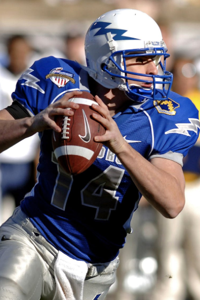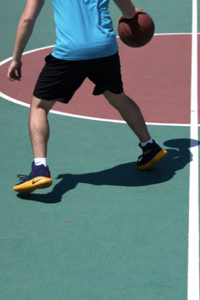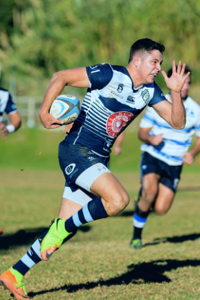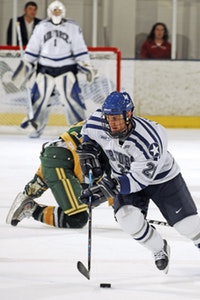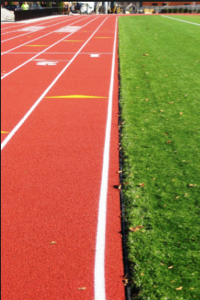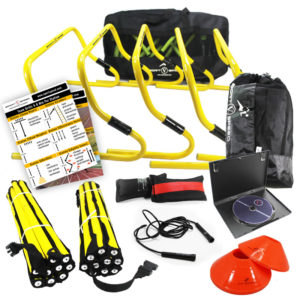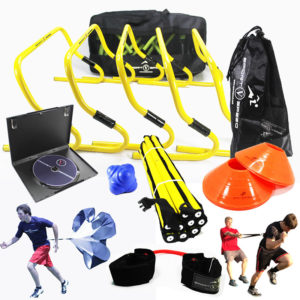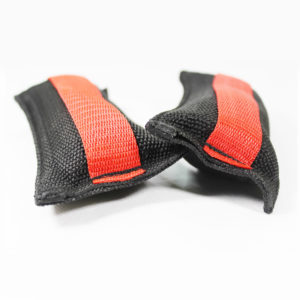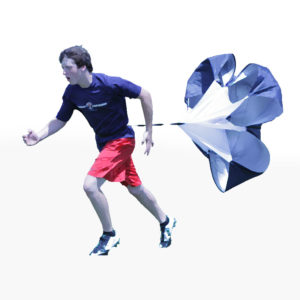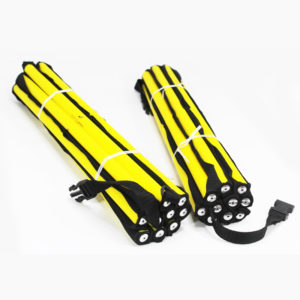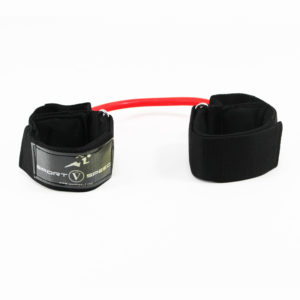Track & Field
TRACK AND FIELD: FULFILLING CHILDHOOD DREAMS OF SPEED AND AGILITY
The biggest stadiums in the world are built to host large sporting events like the Olympics and they are designed specifically to showcase track and field speed and agility. Although not as popular of a team sports like soccer, it still has its share of followers and enthusiasts.
Who wouldn’t like to watch an event where a runner can run the fastest in a 100-meter race? The race is so fast that it is over before you can even blink your eyes. Track and field speed and agility is so unique because it can be over in just a few seconds.
Track and Field Simplified
Track and field is also known as athletics and is composed of several disciplines:
1. Track events
- Sprints (100m, 200m, 400m)
- Medium and long distance runs (800m, 1500m, 3000m/5,000m, 10,000m)
- Hurdles (60m, 100m, 110m, 400m, and 3000m steeplechase)
- Relays (4x100m, 4x400m)
2. Field events
- Jumps (long, triple, high, and pole vault)
- Throws (javelin throw, shot put, hammer throw, and discus throw)
3. Combined events
- Pentathlon (5 combined events)
- Heptathlon (7 combined events)
- Decathlon (10 combined events)
Although there are teams created for track and field, all events except the relays are individual competitions where teammates could possibly compete against each other.
Track and field may not have hordes of fans like soccer, football, baseball, and basketball, but it is considered a growing sports discipline. According to the Infoplease data on sports participated in by high school students in the US during the school year 2012-2013, track and field came second to football in terms of male participants and is the top sport for high school girls—beating all the other traditional team sports.
| 2006–2007 | 2012–2013 | ||
|---|---|---|---|
| Sex and sport | Participants | Sex and sport | Participants |
| Male | Male | ||
| Football (11-player) | 1,104,548 | Football (11-player) | 1,086,627 |
| Basketball | 556,269 | Track & Field (outdoor) | 580,672 |
| Track & Field (outdoor) | 544,180 | Basketball | 538,676 |
| Baseball | 477,430 | Baseball | 474,791 |
| Soccer | 377,999 | Soccer | 410,982 |
| Wrestling | 257,246 | Wrestling | 270,163 |
| Cross Country | 216,085 | Cross Country | 249,200 |
| Golf | 159,747 | Tennis | 157,247 |
| Tennis | 156,944 | Golf | 152,584 |
| Swimming & Diving | 106,738 | Swimming & Diving | 138,177 |
| Female | Female | ||
| Basketball | 456,967 | Track & Field (outdoor) | 472,939 |
| Track & Field (outdoor) | 444,181 | Basketball | 433,120 |
| Volleyball | 405,832 | Volleyball | 420,208 |
| Softball (fast pitch) | 373,448 | Soccer | 371,532 |
| Soccer | 337,632 | Softball (fast pitch) | 362,488 |
| Cross Country | 183,376 | Cross Country | 214,369 |
| Tennis | 176,696 | Tennis | 181,116 |
| Swimming & Diving | 143,639 | Swimming & Diving | 163,992 |
| Competitive Spirit Squads | 95,177 | Competitive Spirit Squads | 116,508 |
| Golf | 66,283 | Lacrosse | 77,258 |
* Original data from 2012-2013 High School Athletics Participation Survey by the National Federation of State High School Associations as published in https://www.infoplease.com/us/education/most-popular-high-school-sports.html
The Lure of the Track
Track and field is alluring to many children because it’s a sport that comes naturally to them. Running is part of everyone’s childhood and so is throwing things. The same can be said about going over hurdles as children enjoy jumping over fallen trees or just about any obstacle that blocks their way.
Even competition comes naturally. Finding out who can run the fastest, who can climb the highest, or who can throw the farthest are all part of the joys of growing up. Without them knowing, they are already doing track and field speed and agility training.
Fun and Work Combined
Equipped with natural track and field speed and agility, children are easily taught the fundamentals of the game. The objective of each of the events is simple—be the first. And to be the best, hard work and dedication is needed.
Although there are different disciplines involved in track and field, all athletes have something in common—the use of their legs. As such, speed and agility drills for track and field are mostly focused on developing lower body strength, muscle conditioning, and coordination. Specialized track and field speed and agility equipment are also used to help athletes perform better.
Track and field speed drills focus on developing quick reaction to be able to come out of the starting block immediately after the gun blast. Not only that, track and field speed workouts help athletes develop stamina to be able to make a mad dash for the finish line in the last few seconds of the race.
For field athletes, speed and agility training for track and field focuses on coordination of all body parts—from the lower torso that provides momentum to the upper body that controls the release of the object at hand.

